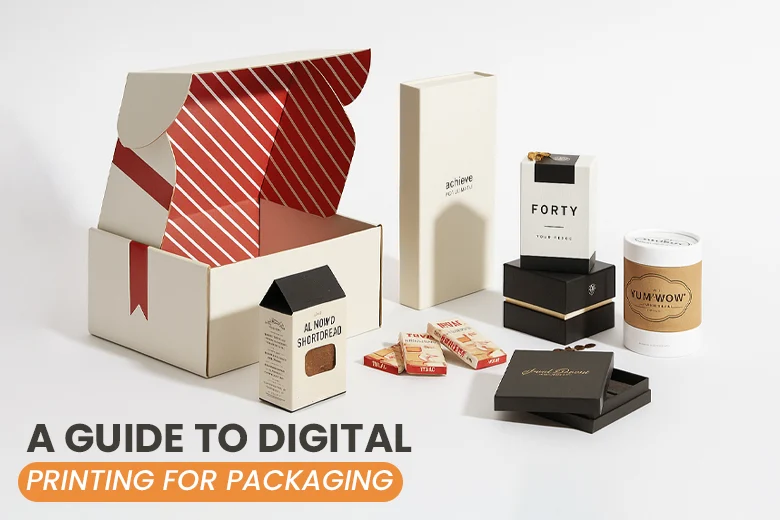Your product packaging is the first chance to make a positive impression on your customer’s mind. Whether you are selling your product on a physical shelf or in an online store, it’s the packaging that adds to the customer experience. It’s the packaging that customers notice at first. If your packaging is made and printed with the right applications, it’s guaranteed that your product will surely gain attention. This is where digital printing comes in. It is a technique where the digital file of your artwork is transferred to the printing materials.
At some point, you have likely interacted with digital printers, which can be found on your office desk, in high schools, or even at home for printing documents. A digital printer is not limited to printing packaging; its use is vast.
This guide will walk you through what digital printing is, how it works for packaging, and why it might be exactly what your product needs.
What is Digital Printing in Packaging?
Digital printing in packaging refers to the process that uses digital printers to transfer artwork files directly to printing materials. The digital artwork file can be in the following formats: JPEG, PNG, PDF, and AI files.
These files are converted from RGB to the CMYK color system to ensure a more accurate color output for your packaging materials when printing. Unlike other printing techniques, these printers use toner and liquid inks that are applied to the material. After that, UV curing or laser heating helps adhere the ink to the product packaging, resulting in a crisp and high-quality finish.
Digital Printing Vs. Offset Printing
Digital printing is a lot different than other traditional printing techniques, such as offset printing. Digital printing eliminates the need for plate setups before printing, making it a time-effective process. Instead of using plates, the digital image is transferred directly to the printing material.

